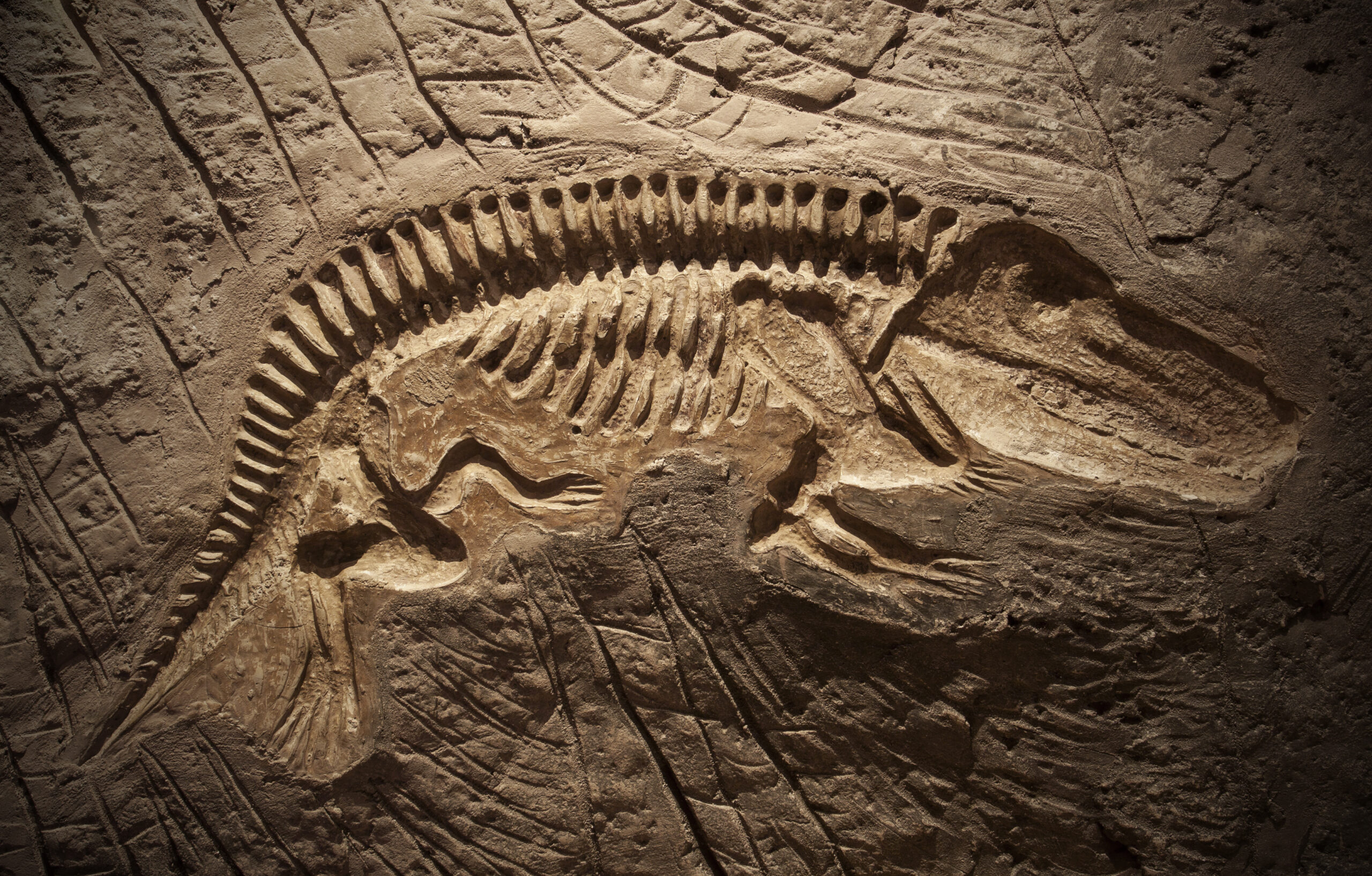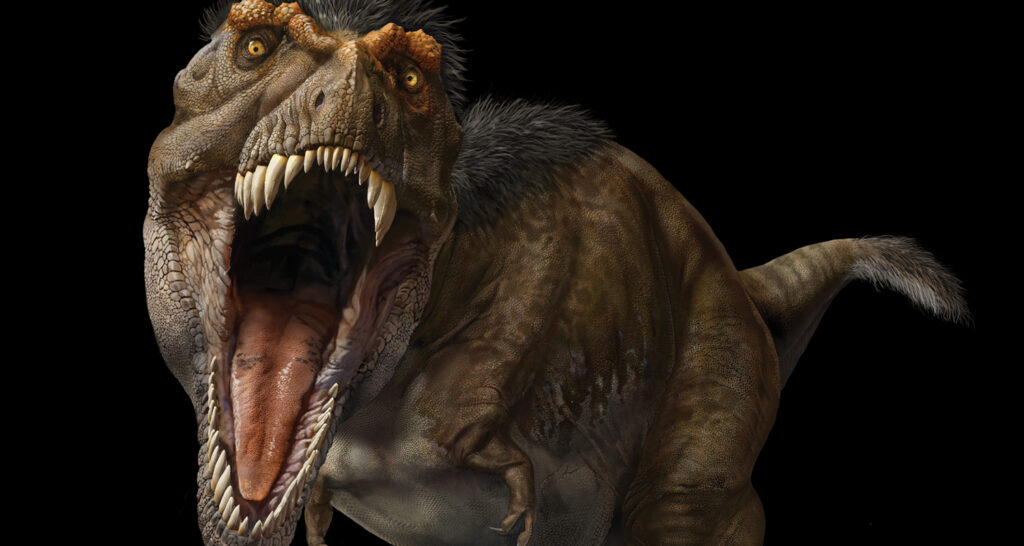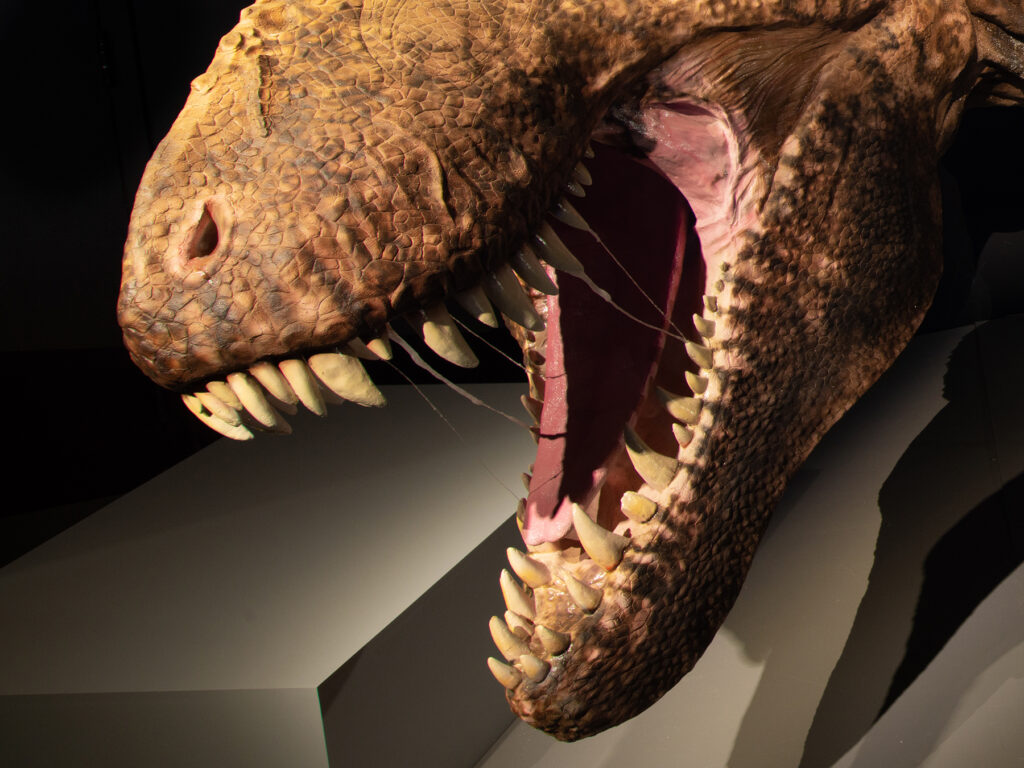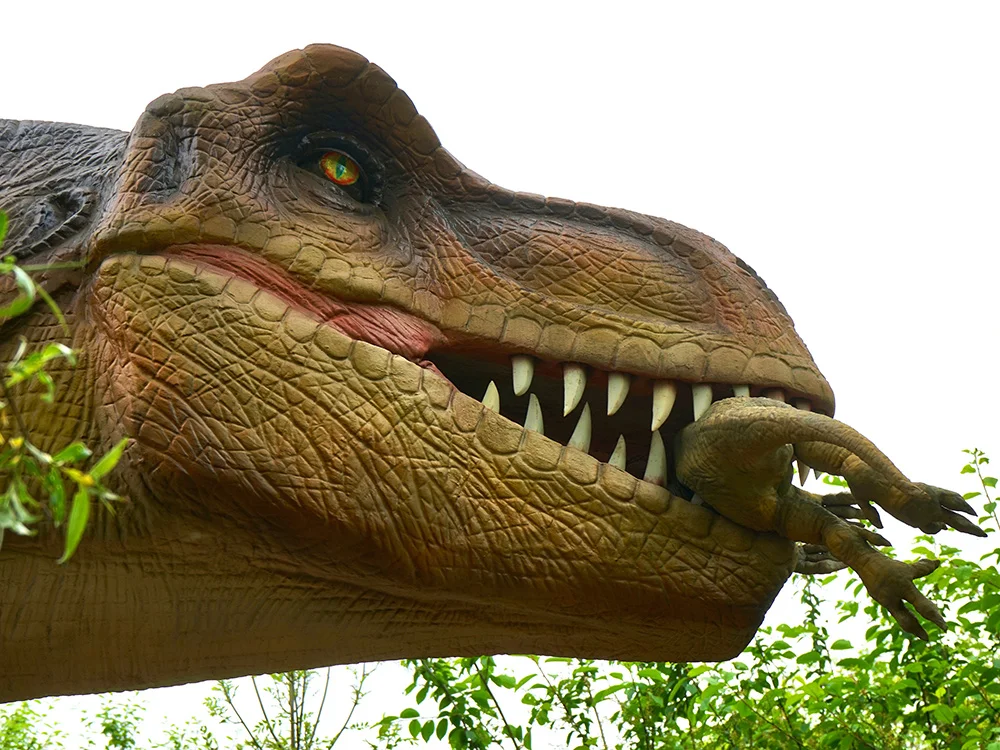In Steven Spielberg's 1993 Jurassic Park, a theme park filled with genetically engineered dinosaurs is made possible because of a fossilized mosquito. Adapted from Michael Michael Crichton's popular novel of the same name, it features an animated character named Mr. DNA—surely a relative of Clippy the Office Assistant—who tells us how Jurassic Park came to be, all while simplifying the complex topic of molecular cloning in a Southern twang.
As Mr. DNA narrates, scientists clone dinosaurs by extracting pre-historic blood from mosquitoes fossilized in amber. These mosquitoes land on trees and get stuck in tree sap which hardened over years.
Because the recovered DNA was incomplete, and a whole genome is needed to clone an animal, they complete the set of DNA through a living relative: a frog. Once armed with a complete genetic code, they implant the reconstructed DNA into an ostrich egg and watch in awe as their dinosaurs come to life.
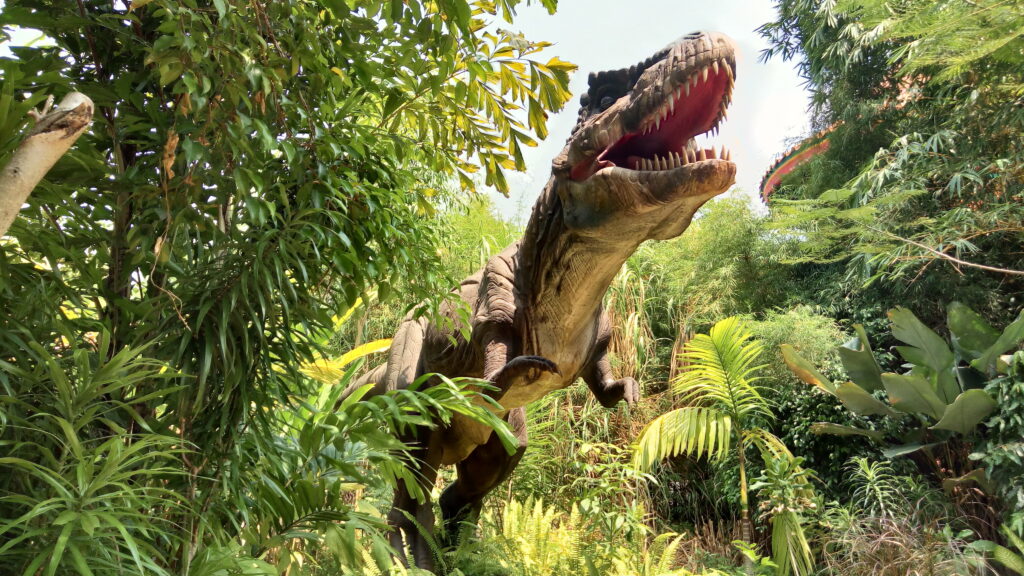
But molecular cloning is only that simple if you’re a scientist working in Jurassic Park's genetic engineering facility, InGen.
According to Dr. Corey Nislow, a professor at the University of British Columbia (UBC) and a former genome scientist at Stanford University, DNA can be fragile. Though a great option for preservation, Dr. Nislow says it decays too quickly to survive for millions of years, even when trapped in amber.
“Up until recently, the oldest DNA that was successfully retrieved was about 500,000 years old,” he says. “That record has been broken and now stands at 1.2 million years, but still, when you're talking about dinosaurs, you’re talking about more than sixty million years.”
Scientists have successfully cloned animals since the release of Jurassic Park, including Dolly the Sheep in 1996 and embryos of a gastric-brooding frog (declared extinct in 2002) in 2013. Both attempts were short lived: Dolly lived six years before she died from a lung infection and the embryos only survived a few days. Cloning prehistoric animals, Dr. Nislow says, is a more challenging process.
“It really boils down to time. DNA breaks down. The hydrogen bonds that hold DNA bases together break down over time, making it difficult to decode,” he adds.
Dr. Nislow, who is also a cell biologist and geneticist, was involved in cloning the first human mitotic kinesin. Mitotic kinesins are motor proteins that play different roles during mitosis (cell division), including the transportation of molecules. He also worked in collaboration with Dr. George Church, a professor of genetics at Harvard University, to develop technology to read and write ancient DNA.
At UBC, Dr. Nislow and his team have worked with numerous DNA samples, which over the course of his scientific career, he’s learned require great care to reduce the likelihood of contamination. Because of how “fragile” DNA can be, sunlight, water, and even pollutants in the air can cause it to deteriorate faster.
While Jurassic Park depicts a scientist drilling a hole through amber and inserting a long needly syringe to suck out contents of a fossilized mosquito, DNA extraction requires much more precision. That's because airborne viruses, that are full of DNA and RNA, might destroy the dinosaur sample before an extraction.
Scientists like Dr. Nislow mitigate against DNA contamination through their research labs which have special rooms to reduce airborne viruses from transmitting through the air.
“Whether you’re working at a crime scene or trying to resurrect a dinosaur, the DNA you're interested in is only a tiny fraction of the DNA that's in that space. The precautions you’d have to take to prevent contamination are very strict.”
The methods used in the film would have led to a significant amount of the dinosaur DNA being lost before it could even be paired with frog DNA—a scenario Dr. Nislow says isn’t entirely plausible either.
“It's really hard to look at ancient DNA and just intuit where the missing pieces are,” he says. “But we’re getting better at it. The technology is always improving and geneticists are getting better at sort of playing the tape of evolution backwards.”
In fact, it’s improved enough that Dr. Nislow’s former colleague, Dr. Church, is working on a project to genetically-engineer the woolly mammoth. Dr. Church plans to resurrect this behemoth creature, which went extinct around 4,000 years ago, by combining parts of its genetic code with living elephants. Dr. Church maintains that de-extincting the woolly mammoth can restore the Mammoth Steppe ecosystem, which could help slow the melting of permafrost in the Arctic.
Since the first of the Jurassic Park films was released, scientists have made discoveries that contrast many of the depictions in the film: amber is created from tree resin, not tree sap as Mr. DNA told us; paleontologists have learnt that many dinosaurs were colourful and had feathers; though the Dilophosaurus did not spit venom like it does in the film, it was the largest land animal in the early Jurassic era.
With recent improvements in DNA technology, such as advances in making DNA proofreading cheaper and faster, Dr. Nislow says the question scientists are currently trying to answer is not whether we’ll wake up one day to a theme park full of dinosaurs roaring to life; what we’re faced with now is a question of ethics.
“I think that today, the conversation is less about, ‘Can it be done?’” he says. “Instead, we’re asking ‘Is this the best place to spend limited scientific resources and have we fully explored the consequences?’”
“And I think that goes right to the heart of the movie, right?” Dr. Nislow asks, echoing Dr. Malcolm, “Just because you can, doesn't mean you should.”
Wanna learn more about dinosaurs?
Visit our feature exhibition, T. rex: The Ultimate Predator presented by RBC and White Spot Restaurants. It'll take you back in time to encounter the prehistoric wonders of the late Cretaceous period and come face-to-face with a 66-million-year-old marvel!
